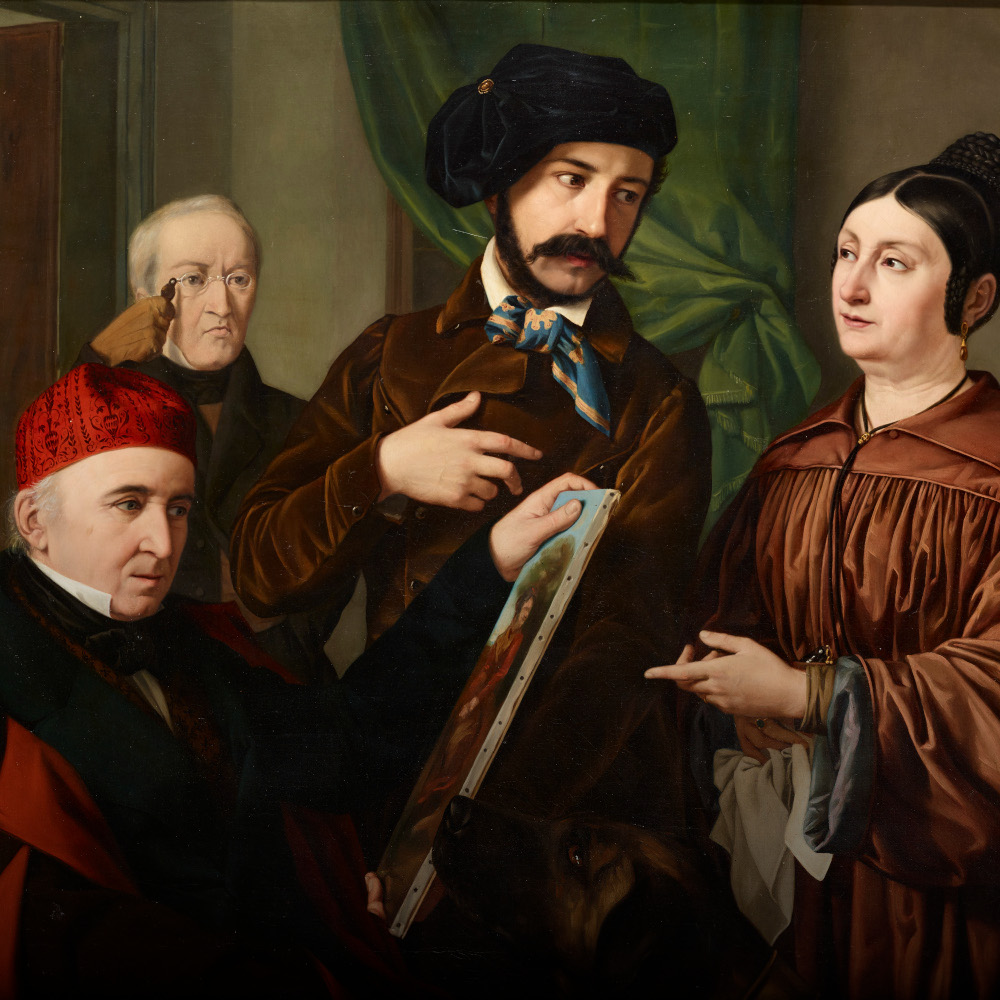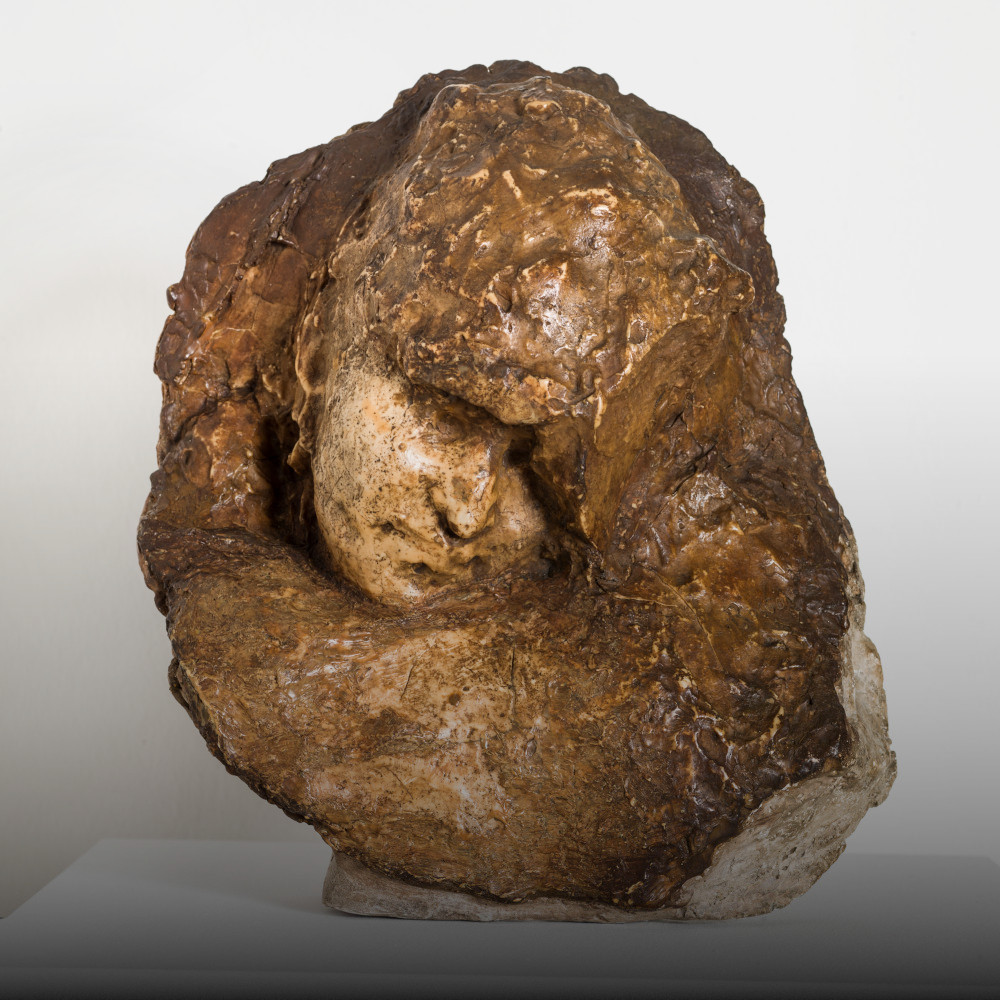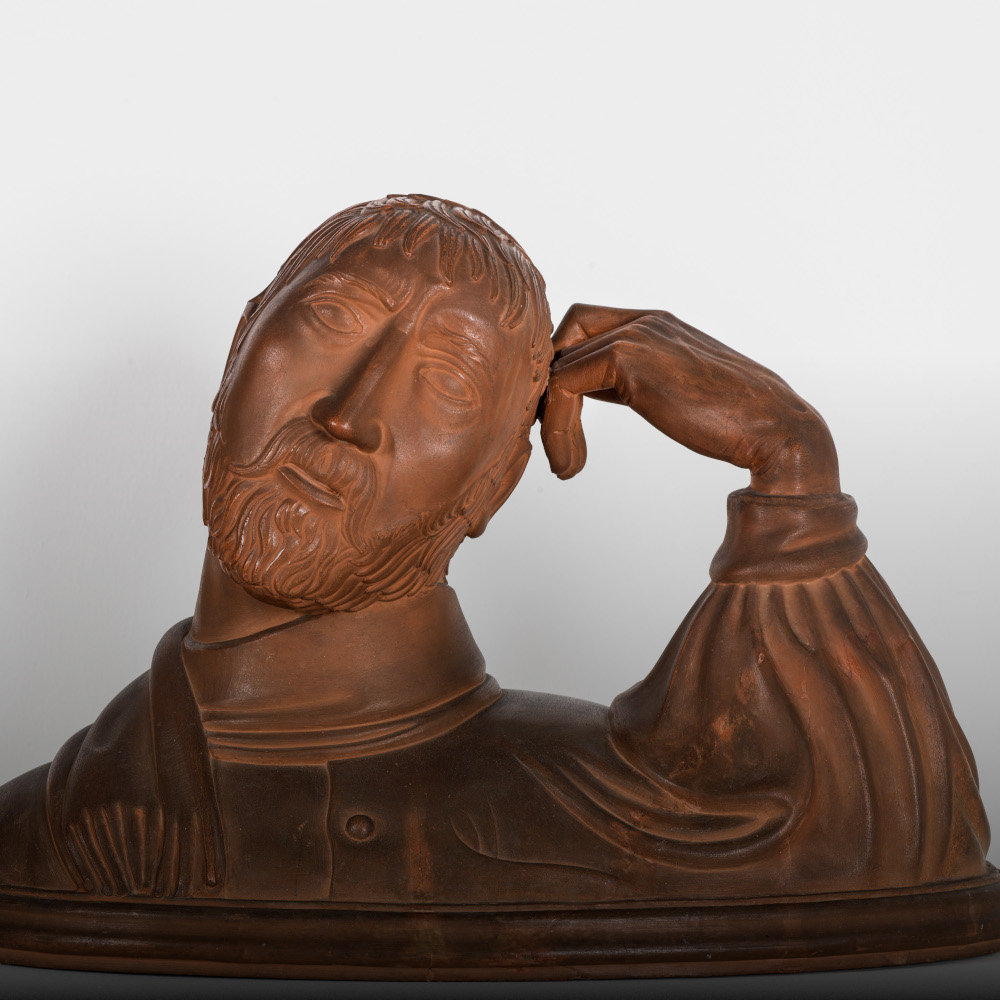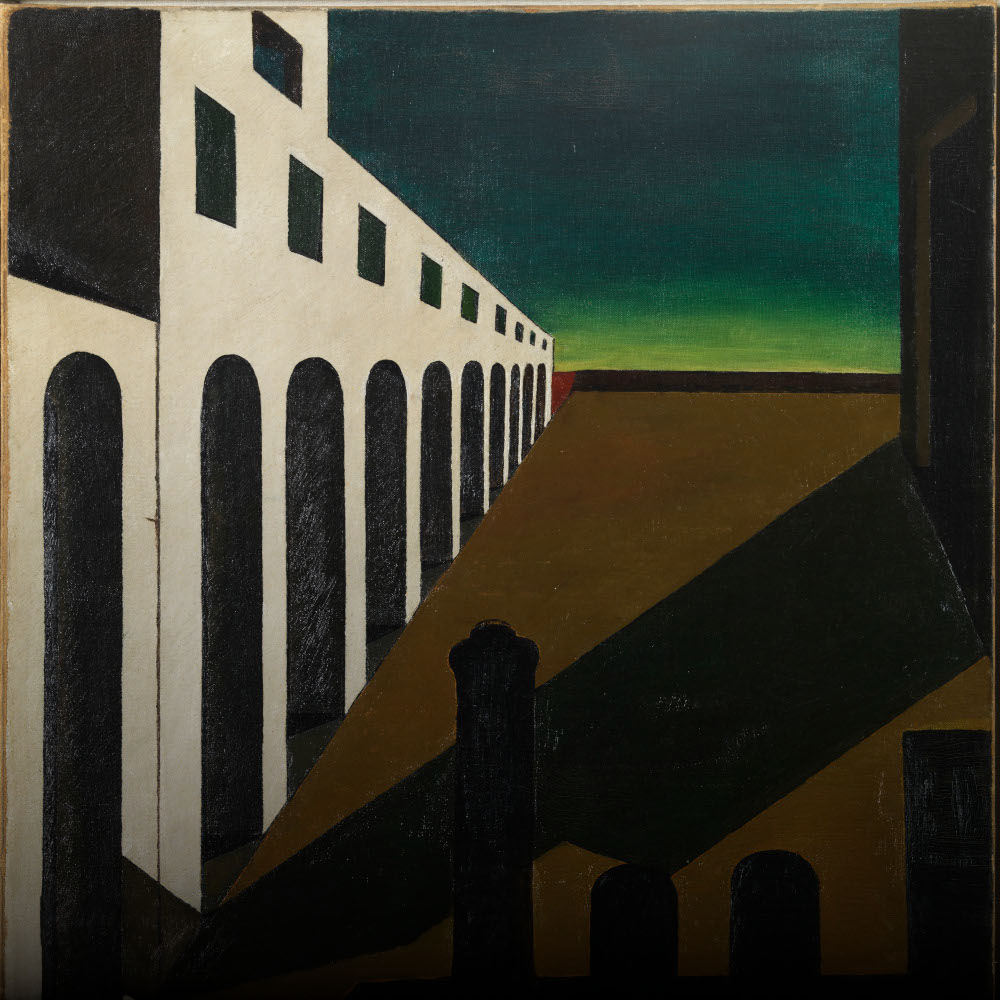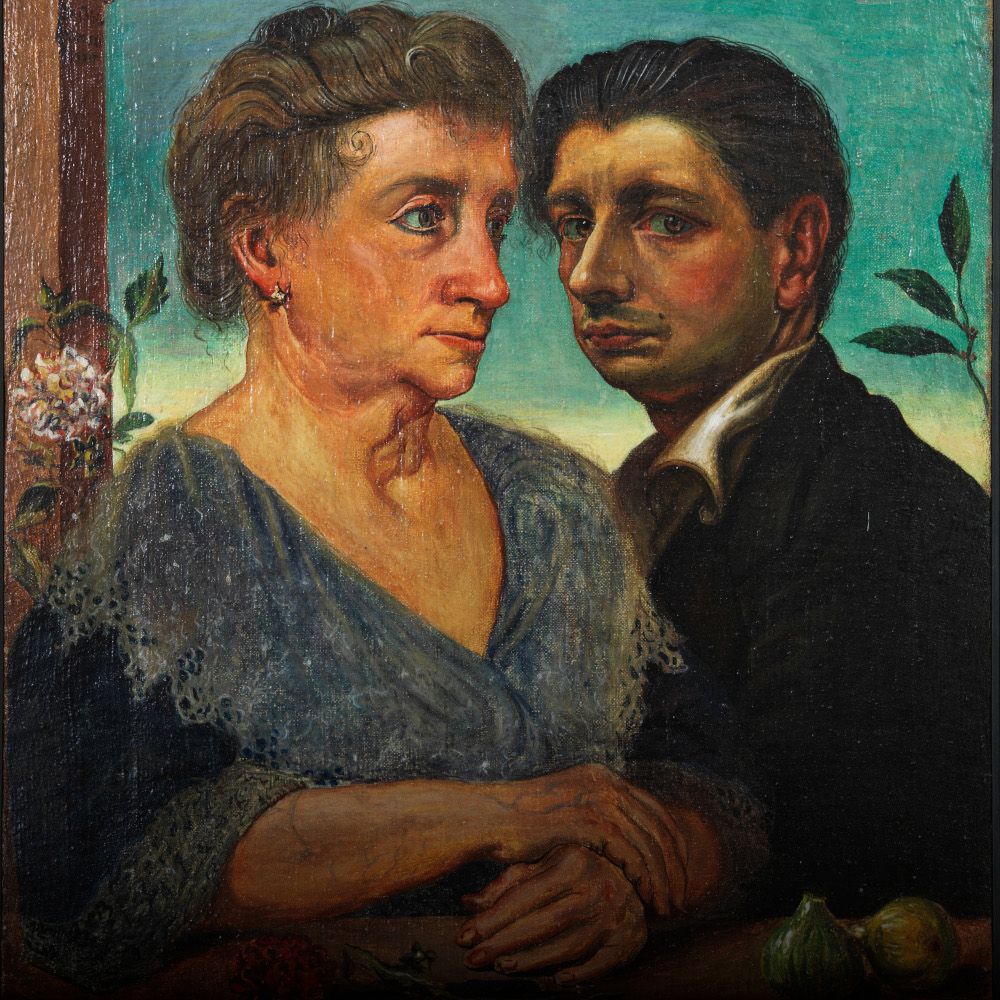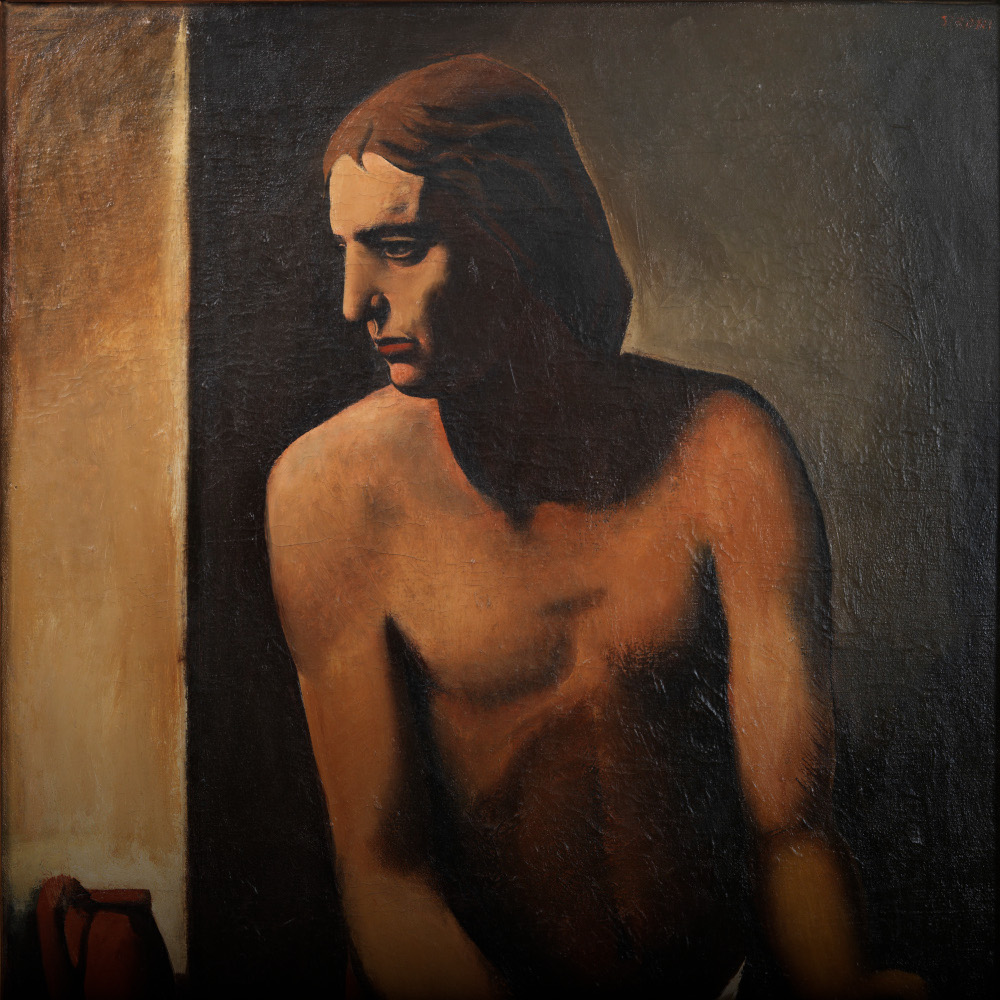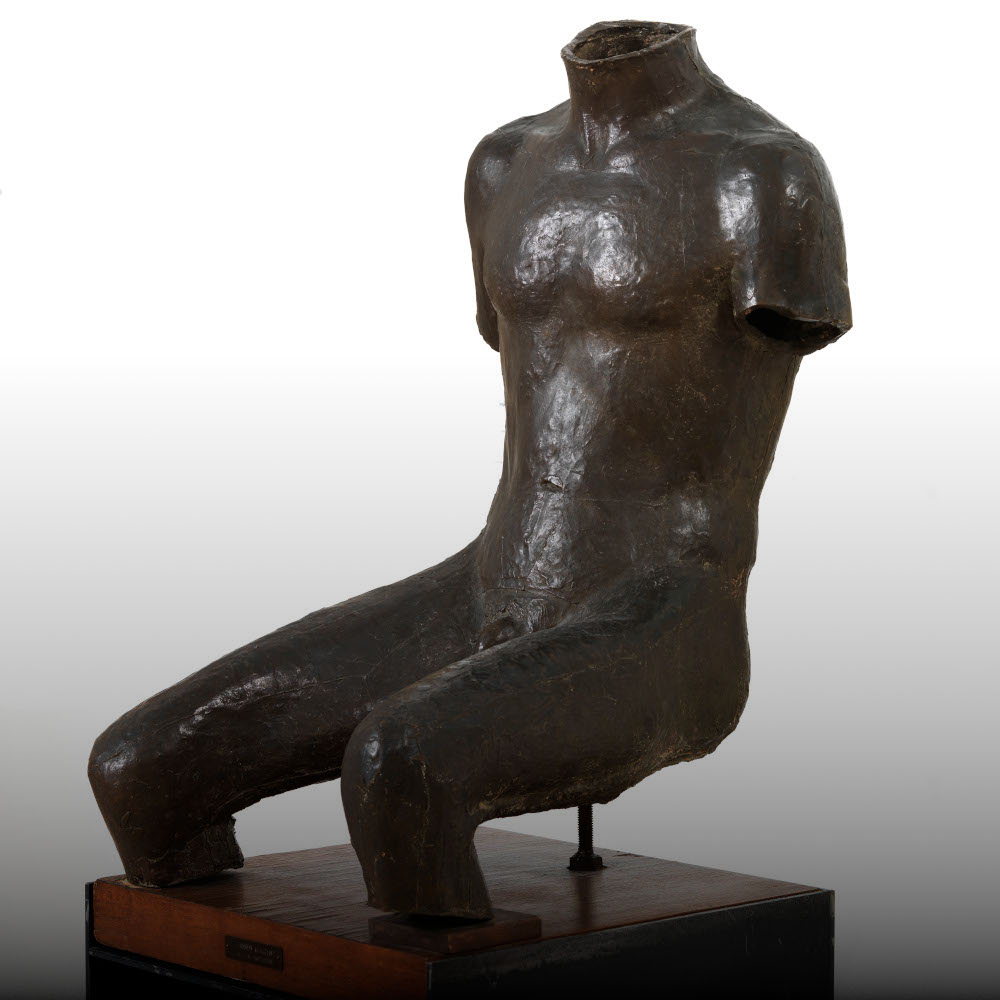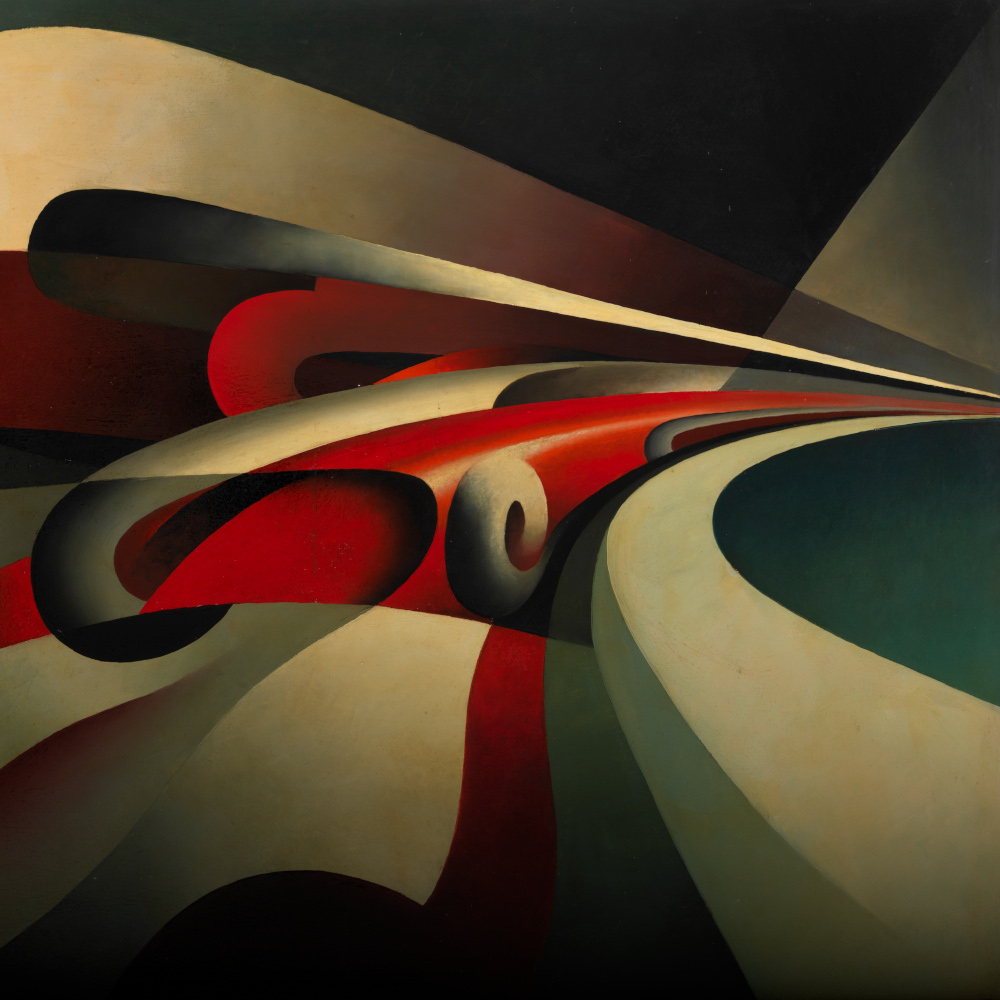The MART Collections, established in 1987 from the art collections of the Province and the Municipalities of Trento and Rovereto, have been enriched over the years thanks to deposits from private collectors and foundations. In the rooms on the first floor of the building designed by Mario Botta, a selection of this heritage consisting of some 20,000 works, where Italian art is the protagonist, can be seen.
The exhibition begins with the red rooms of Fragments of a History, a section dedicated to the Collections once exhibited in the museum’s first location, the Renaissance Palazzo delle Albere in Trento.
In the white rooms, on the other hand, the story of The Invention of the Modern unfolds, from Medardo Rosso to the Divisionists, from Futurism to abstract art, passing through the protagonists of Metaphysics, the Italian Novecento and Magic Realism.

